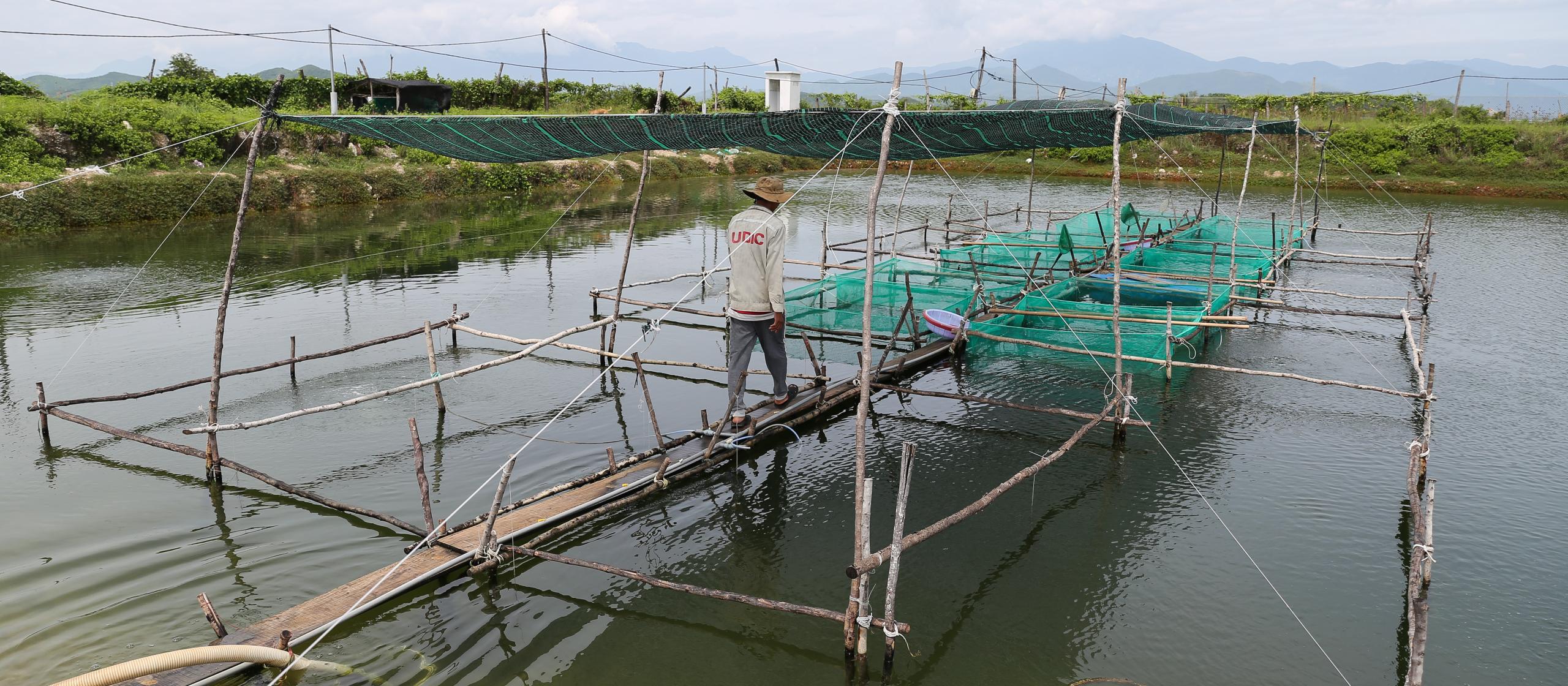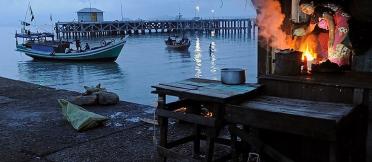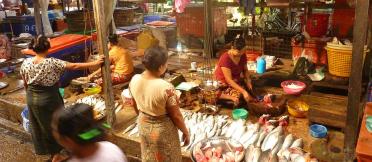- HomeHome
-
About ACIAR
- Our work
- Our people
-
Corporate information
- ACIAR Audit Committee
- Commission for International Agricultural Research
- Policy Advisory Council
- Agency reviews
- Executive remuneration disclosure
- Freedom of information (FOI)
- Gifts and benefits register
- Information publication scheme
- List of new agency files
- Contracts
- Legal services expenditure
- Privacy impact assessment register
- Commonwealth Child Safe Framework
- Benefits to Australia
- Careers
- 40 years of ACIAR
-
What we do
- Programs
- Cross-cutting areas
- Resources
- Where we work
-
Funding
- Research projects
- Fellowships
-
Scholarships
- John Allwright FellowshipScholarships to study in Australia for ACIAR partner country scientists to have Australian postgraduate qualifications
- ACIAR Pacific Agriculture Scholarships and Support and Climate Resilience Program
- Alumni Research Support Facility
- Publications
- News and Outreach
Date released
16 December 2020
Sitting down for a meal at a local eatery in Vietnam often means having the chance to choose a live fish from an aquarium. The chance one of these fish is a hybrid grouper has increased significantly over the past 10 years thanks to an ACIAR-supported project that has found better ways to breed and rear the fish locally.
The secret has been in developing hormones that trigger sex changes and spawning in the parent fish. The application of these innovations by the Vietnam Government has initiated changes across the industry, boosting fish production and farmer incomes.
Hybrid grouper
A mix of different grouper species is farmed in Vietnam, including tiger, orange-spotted, giant and red grouper. But hybrid grouper—produced from a male giant grouper and a female tiger grouper—is among the most popular.
The reason for this, explains project partner Dr Truong Quoc Thai, Director of Nha Trang Marine Research and Development Center, is because it inherits valuable traits from the male giant grouper, such as fast growth, good meat quality and beautiful coloration, while retaining the resilience of the female tiger grouper.
According to Dr Truong Quoc Thai, farmers can also sell their hybrid grouper at a much higher price than giant grouper.
Industry limitations
However, breeding and raising young hybrid grouper is not easy. Vietnam had been almost entirely dependent on importing fingerlings because it did not have the capacity to breed and raise the hybrids itself.
For fish farmers like Mr Le Kim Hoa from Cam Ranh, this meant depending on imported fingerlings and broodstock from Taiwan, China and Indonesia. ‘The fingerlings’ survival rate was low because we could not control the quality of the fingerlings and the diseases that came with importing fish,’ he says. Imported fingerlings—some of which became breeding stock—also had limited genetic variability, meaning they were more vulnerable to diseases.
It was here that the ACIAR-supported project led by Professor Abigail Elizur of the University of the Sunshine Coast started its work. The six-year project set out to help Vietnam develop its capacity to breed, rear and grow-out its own hybrid grouper.
Creating small fathers
As the first step, sperm from a male giant grouper is needed. All giant grouper start life as female and can grow to a massive 100kg over seven years before they transition to being male. Keeping a fish this size, let alone handling it to extract sperm, is a real challenge, explains Professor Elizur.
Through the project, the research team identified how to cause the fish to switch to being male earlier and on demand.
‘We found that some of the giant grouper would actually turn into males when they were younger and in the right social environment—that is, in small groups where males were absent. Others would transition into males in response to a hormonal manipulation,’ Professor Elizur says.
‘In this way you can have a male that’s about 10 kilos—and that is incredibly significant.
‘You can envisage the difference between holding a male of 100 kg or 150 kg and 10 kg. It is a very different logistic proposition.’
Vietnam, through its government-funded fish breeding facilities, has since successfully adopted these practices. This has made it easier and more efficient to farm and harvest the sperm of the giant grouper.
Triggering the mothers
On the other side of the equation is the female tiger grouper. The challenge here was to get the female to spawn—or release its eggs—when required so they could be fertilised.
In response, Professor Elizur developed a specialised hormonal treatment that could be administered orally or by injection to the female tiger grouper.
‘We give them a slow-release hormone that we prepared ourselves,’ says Professor Elizur.
‘We have also developed oral delivery protocols for the hormones so that when we want to induce the spawning, we don’t have to bring the whole tank down, and we’re talking tanks with 80 to 100 tonnes of water.’
The technologies have been adopted locally, and since the project ended in 2019, local project partners Vietnam’s Research Institutes for Aquaculture No. 1 and No. 3 have become leading suppliers of hybrid grouper eggs and juveniles for hatchery farms in Vietnam.
Growing the industry
The locally-bred juvenile hybrid grouper now meet 75% of domestic demand and hybrid grouper farming has expanded. For example, in Khanh Hoa province, hybrid grouper farming accounted for around 70% of total grouper production in 2019, up from less than 5% in 2013.
Mr Hoa says there are many benefits of buying juvenile grouper locally. ‘The survival rate is up to 80–90% and the short culture time of the hybrid grouper yield high profits,’ he says. He also saves money on transporting the juveniles.
Professor Elizur says that ‘the market is far from saturated’ and there are more opportunities for the industry to grow and meet demand on the back of the enhanced local capacity to produce the fingerlings.
High-tech platforms for innovation
Professor Elizur emphasises the value of high-tech approaches that support smallholder farmers.
In Vietnam, the farmers themselves don’t typically produce the juvenile fingerlings nor apply the knowledge from this project. However, the application of the technology which is giving them access to locally produced, high-quality fingerlings has provided the innovation platform upon which they have benefited.
In some cases, fish farmers’ incomes have doubled as a result of growing out locally-produced hybrid grouper. The project has also helped shift pressure away from wild-caught grouper to farmed ones.
ACIAR PROJECT: Developing technologies for giant grouper aquaculture in Vietnam, the Philippines, and Australia, FIS/2012/101.
Key points
- Hybrid grouper farming in Vietnam has increased substantially off the back of ACIAR-supported research.
- Fish farmers can now source locally-bred juvenile hybrid grouper that are more resilient and productive.
- Cited as good to eat and attractive, the hybrid grouper can also deliver higher returns to farmers.





